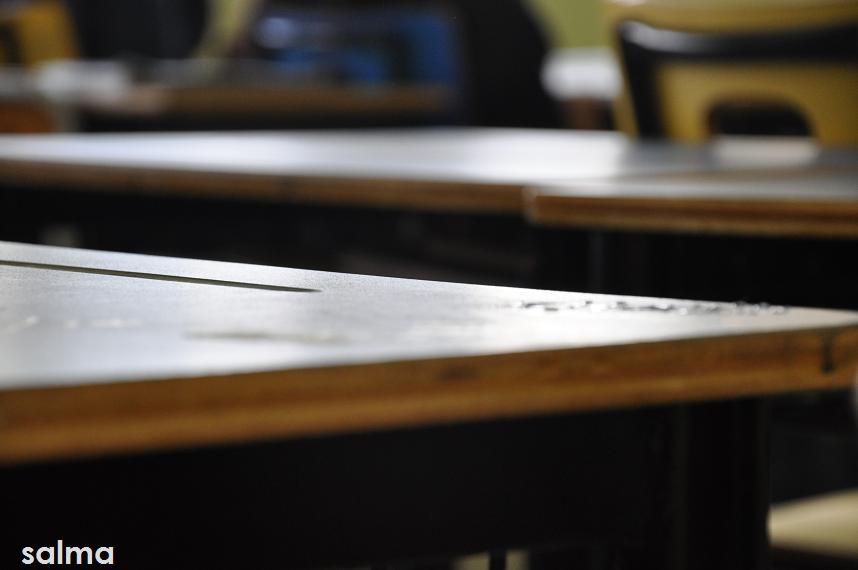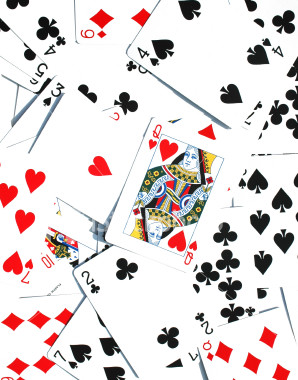Thanks to Michael Ymer for this great game
Introduction / objectives
This is a card game that provides the students with the opportunity to investigate a variety of mental computation strategies when adding and multiplying numbers. It is quick and easy to organise and is lots of fun, even for adults who play it. The less able student can win, as there is an element of chance involved. A terrific number sense game to use as a warm up activity, or a focus lesson for young children.
Equipment [for each pair of students]
100 number board, 10 x 10 tables chart and two counters.
Deck of cards. All number cards have face value. Ace = 1. 2 = 2 etc.
Picture cards = 10
Joker = wild [can have the value of any other card in the deck].
1
2
3
4
5
6
7
8
9
10
11
12
13
14
15
16
17
18
19
20
21
22
23
24
25
26
27
28
29
30
Procedure
Two students compete against each other to see who can get closest to 100 without busting. One student deals cards out to his/her opponent who adds or multiplies the cards. This continues until the student decides to stop.
Example Player A is going first and having cards dealt by partner.
Card 5 is dealt first so player A moves counter to 5 on number board. Card 6 is the next card dealt. This could be 5+6 and the counter is moved to 11 or it could be 5x6 and counter is moved to 30. Let’s assume that Player A decides to move to 30. The next card is a KING so the student adds 10 and moves the counter to 40. Next card is 2. Student decides to multiply and moves to 80. Next card is Ace. Student decides to multiply and stay on 80, hoping that the next two cards are 10’s and he/she can hit exactly 100. Next card is a 5. Student adds and moves to 85. Next card is 9. Student moves to 94 and decides to stop fearing that the next card flipped will be bigger than a 6and she / he would bust.
Player B now has the cards dealt to him / her and tries to better 94 without busting. Once this game is completed, play again but player B goes first.
Teacher tips
- Card familiarisation activities are a good idea if students haven’t been exposed to decks of cards before. Perhaps alder students could tell you the value of a deck of cards based on the values listed in this game. Younger students should do sorting activities to help them discover that there are four of each card. How many cards in the deck?
- Transparent counters help students see the numbers on the board.
- Children find shuffling cards difficult so keep working through the deck of cards until you run out. Then shuffle or ask the teacher to help.
- Children only deal a card out when the partner says, ‘Card please ‘. This eliminates the problem of students dealing the card while the other student is still deciding their move. If the card is flipped without being asked for the receiver has the option of using it or having a fresh one dealt out.
- Try modelling the game to students using an overhead, transparency of 100 number board, transparent counters and overhead miniature playing cards. A very effective way to demonstrate the game and strategies that you need to discuss.
- Vary the game if needed. Perhaps only add for young children or play hit exactly 100 for older students. For this game students can use any operation with winner being the student who hits 100 in the least amount of cards.
- Vary the game by making it more challenging. Use any operation to hit exactly 100 in fewer cards than your partner.
- When introducing the game, tell the children that while the game is lots of fun, the point of the game is to make decisions and become a smarter mathematician by taking short cuts when adding or multiplying. The overhead gives you the opportunity to discuss some of the strategies listed later in the article.
















